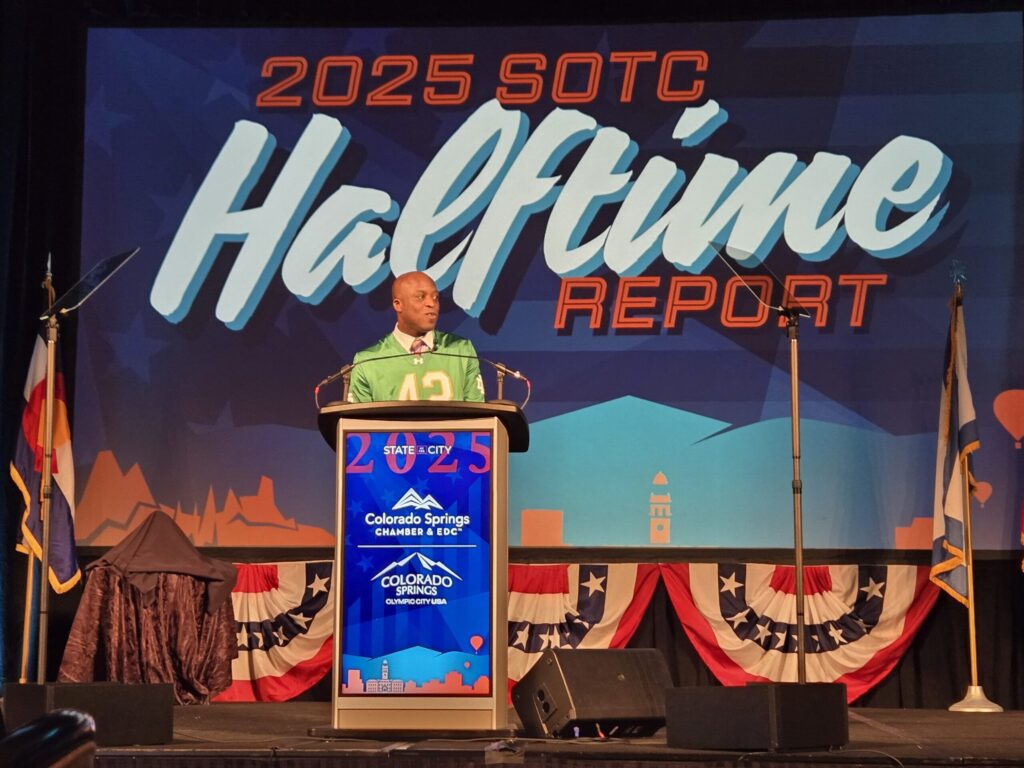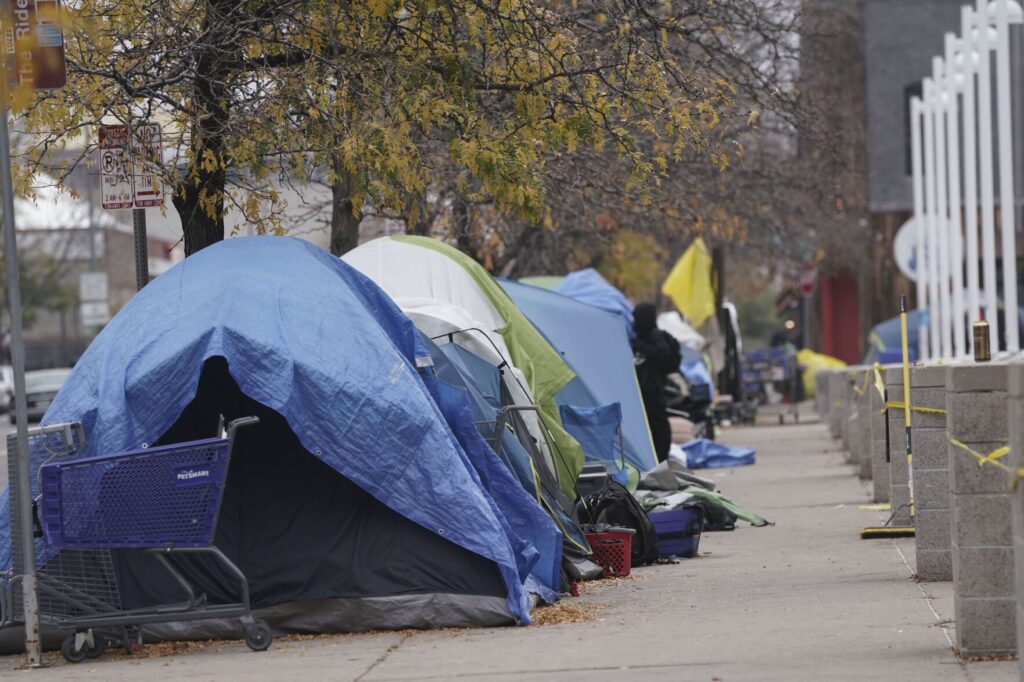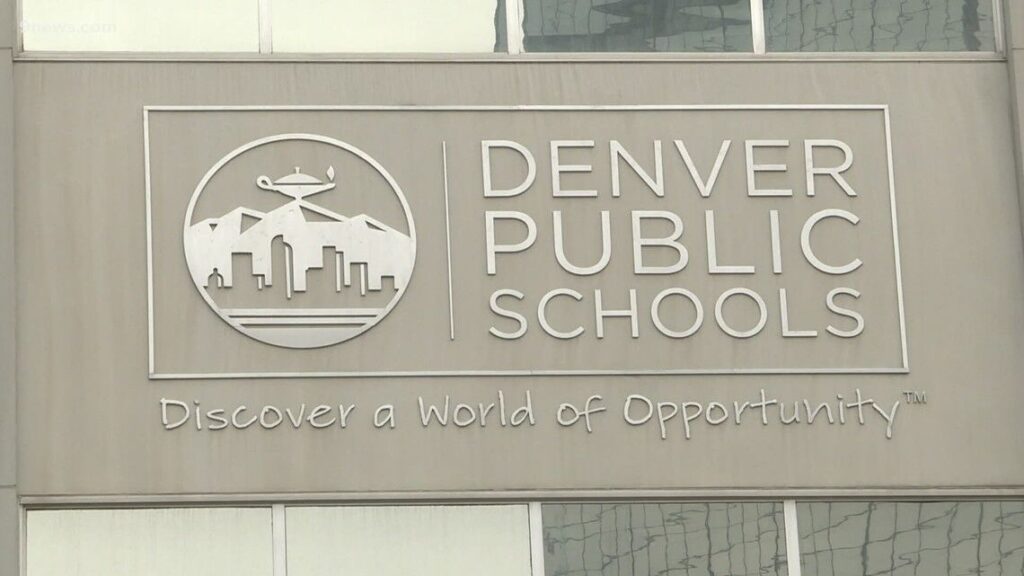Denver Public Schools board decides to close 7 schools, restructure 3
The Denver Public Schools Board of Education unanimously voted to close seven schools and restructure three others at its meeting on Thursday night.
Half of the affected schools are in southwest Denver, which has experienced the greatest student loss.
The vote’s outcome was not surprising.
Each board member read a statement before the vote.
“I do believe the numbers that DPS has represented, ” said Director Xóchitl Gaytán, who represents southwest Denver. “They’re a hard pill to swallow.”
“It’s not about money, it’s about our commitment to give students what they need,” said Director Marlene De La Rosa.
Thursday’s vote came two weeks after Superintendent Alex Marrero recommended closing seven schools and restructuring three others.
The move is expected to save the district roughly $30 million per year amid declining enrollment.
In Colorado, enrollment is tied to funding. Fewer students mean less money for the district.
The schools to be closed at the end of the school year are Columbian Elementary, Castro Elementary, Schmitt Elementary, International Academy of Denver at Harrington, Palmer Elementary, West Middle School and Denver School of Innovation and Sustainable Design.
These schools will be restructured:
• Kunsmiller Creative Arts Academy becomes a sixth through 12th grade only campus by removing grades one through five.
• Dora Moore becomes an Early Childhood Education through 5th grade only, removing grades six through eight.
• Denver Center For International Studies at Baker becomes a middle school only campus, removing grades nine through 12.
Four of the campuses on Marrero’s list — Columbian, Castro, Schmitt and the International Academy of Denver at Harrington elementary school — were on the closure list proposed two years ago.
Marrero’s recommendation did not include a school boundary or impact study.
The Denver Public Schools Board of Education recently announced a proposal to close seven area schools due to declining enrollment, among other reasons.
‘The process has been a sham’
Parents and community organizers have blasted the process, as they did two years ago.
The group Movimiento Poder held a press conference before the meeting to decry the process.
“It’s not just the lack of transparency; it’s the complete disregard — no, the complete betrayal — of the impact these decisions have on our most vulnerable families,” Elizabeth Burciaga, Movimiento Poder’s organizing manager, said before the vote.
On its website, Movimiento Poder describes itself as a grassroots organization led by working-class Latino immigrants in southwest Denver that works to build collective power for their communities.
“Instead of addressing the real root causes of low enrollment in these schools, like systemic underfunding, inequity, and years of neglect, the focus has been on shifting blame to the very communities already bearing the brunt of these failures,” Burciaga said.
The organization, Burciaga said, has collected a petition with more than 6,500 signatures protesting the closures.
“Shame on you!” members of Movimiento Poder shouted following the vote.
Staff escorted the group out.
“We find that the process has been a sham,” said state Rep. Tim Hernandez, D-Denver, who spoke at a press conference in front of the district administrative building downtown prior to the vote.
A former teacher with the school district, Hernandez urged board members not to support closures. Hernandez, who was appointed to the legislature following a vacancy, lost his primary race this year.
Regardless of enrollment, every campus has built-in costs that include utilities, facility maintenance and staff salaries.
District officials have said the closures now will stave off the need for additional closures for the next three to five years.
The move is expected to save $29.9 million from the district’s budget. Of that, $23.3 million will be reinvested back into the district, according to a 115-page report.
The net savings is expected to be $6.6 million.
Lower birth rates, skyrocketing home costs and gentrification have been identified as the biggest factors driving enrollment declines.
Gaytán also blamed the proliferation of charter schools, saying they “siphon” off students from public schools.”
Kristi Burton Brown, a Republican who won her race for a seat on the Colorado State Board of Education, a few days ago said the bigger question is why parents choose to put their children in charters, instead of the traditional schools.
“Performance numbers and academic results are often part of the answer,” she said. “Also, some parents prefer their children to get a different kind of education — classical or one focused on science or the arts. Traditional schools would do well to ask what charters are doing so well that is convincing parents to make the move.
“Clearly, they’re meeting a need families have, and when 7 of the 10 highest performing high schools in the state are charters, you can see why.”
‘Unsustainable’
District enrollment has been declining since a peak in 2019 and is projected to continue its downward spiral despite being temporarily buoyed by an influx of immigrant students.
When Marrero first recommended school closures two years ago, the public backlash was so intense that he pared his list down to three, which the board voted to shutter last year. All three — Denver Discovery, Mathematics and Science Leadership Academy and Fairview Elementary — had fewer than 120 students, which is considered “critically low-enrollment.”
The minimum considered viable is a campus of at least 215 students.
Director John Youngquist, who previously served as the principal at East High School, said maintaining schools with critically low enrollment, which receive district subsidies, is “unsustainable.”
“My career has been about building schools not breaking them down,” Youngquist said.
During the last closure round, parents criticized the list for negatively affecting school choice every year in January. School leaders at the time said that campuses on the list experienced a greater than expected drop in enrollment anticipating closure.
Colorado is a school choice state, meaning parents can register students outside their assigned neighborhood schools.
This go around, the board instructed Marrero to release his recommendations in October. But he successfully put it off until after the bond election in November.
Part of the selling point to the public on the nearly $1 billion bond issue was that every school would receive something.
In a meeting with parents last week, the public repeatedly questioned how taxpayers could foot the bill for recent upgrades only to shutter the buildings. Parents also asked whether the bond money could be used to buoy school budgets.
Regulated by state law, bond money cannot be used for operational costs like teacher salaries.
The $975 million bond package — the largest ever approved by Denver voters — includes, among other things, $83 million for safety and technology, $240 million to equip 29 schools with air conditioning, and $301 million for “critical maintenance.”
Funding earmarked for school-specific upgrades that become obsolete with closures would be reexamined by the Bond Oversight Committee.
It is unclear how many teachers and staff will be laid off in the closure process.
Non-probationary teachers are guaranteed a job with the district.











